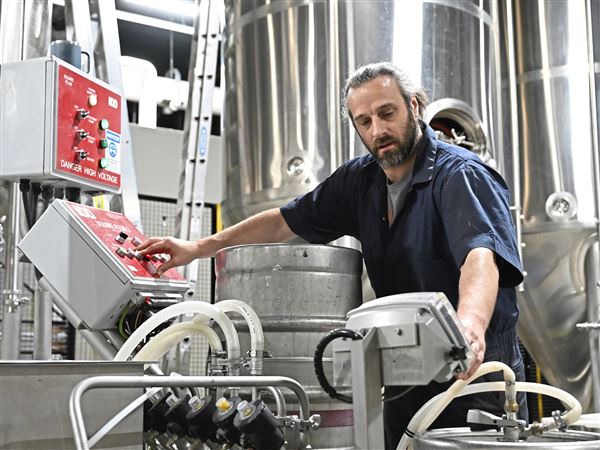When a virus enters a cell, the home invasion is not welcome.
The cell goes into a defensive mode, with one particular gene expressing a protein whose long scientific name -- oligoadenylate synthetases-like protein -- is more easily referred to as OASL.
That protein and a few others are responsible for initiating a primitive, general immune response used by most living organisms, including humans, to activate or up-regulate multiple immune-response genes while alerting surrounding cells of the viral invasion. Understanding the expression and workings of this protein holds potential for development of treatments or even vaccines against such RNA viral infections as hepatitis C and West Nile and possibly any form of influenza.
“Basically a lot of things happen in response to a virus infection,” said Saumendra N. Sarkar, a doctor of molecular biology at the University of Pittsburgh Cancer Institute’s cancer virology program. “Just introduce foreign viral RNA and they react the same way. Three hundred genes get up-regulated, and all contribute to protect against viral infection.”
A University of Pittsburgh-based study, led by Mr. Sarkar and published last month in the journal Immunity, describes the function of OASL as a first line of cellular defense against viruses once they expel their RNA into cells’ cytoplasm, which is the area surrounding the cell nucleus. Such viruses use RNA rather than DNA more simply to replicate themselves inside the cell, leading to cell death and eventual full infection.
Previous studies identified OASL as a protein with antiviral effects. But the Pitt-based study explains the process.
Very little OASL protein is present in cells. But the entrance of a virus causes a cell to produce interferons -- another type of immune protein that cells release quickly to defend against viruses, bacteria or other pathogens. The interferons also induce OASL protein production. Both proteins work to activate 300 other genes to produce an immune response while also signaling surrounding cells about the viral attack.
“The first cell might have died, but when the virus goes to infect other cells, it won’t be able to because OASL enhances the sensitivity of cells so they act more quickly to block infection and replication of the virus,” Mr. Sarkar said. “Basically this is a constant battle, as you can imagine. People are getting infected, but a lot are not getting infected because the system is working.”
RNA viruses consist of a protein-based capsid housing a strand of RNA, which is the genetic engine that replicates the virus once it attaches to a cell and propels the RNA into cell cytoplasm. DNA viruses require an additional step after the DNA is propelled into the cytoplasm. In those cases, the DNA must generate RNA, which proceeds to make proteins to replicate the virus. Mr. Sarkar said the study focused on RNA, but there are indications that the protein also is generated in response to DNA viruses.
OASL’s success in fighting off such RNA viruses as hepatitis C and West Nile in mice has fostered the idea of boosting OASL as an antiviral treatment. But using the full protein isn’t feasible because such large proteins cannot be introduced easily into cells. So Mr. Sarkar said his team is working to identify the protein fragment that could easily enter cells and generate a comparable immune response. That fragment potentially could serve as the basis for a treatment or vaccine against viral infections, including any form of influenza.
"What we can envision -- and now we are going into imaginative territory here -- is making a small fragment of the protein that does the same job as the full protein,” Mr. Sarkar said. “We want to see if it can protect against virus infections. In that way we could use this protein with vaccines that would give a much broader and immediate protection against a number of viruses.”
First Published: July 1, 2014, 12:40 a.m.















